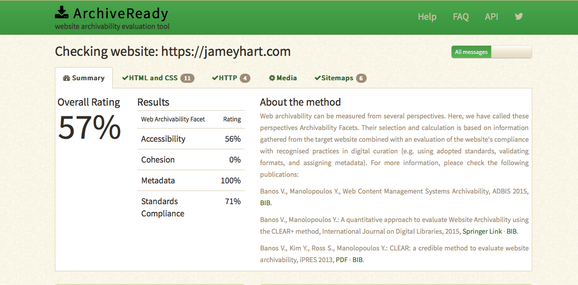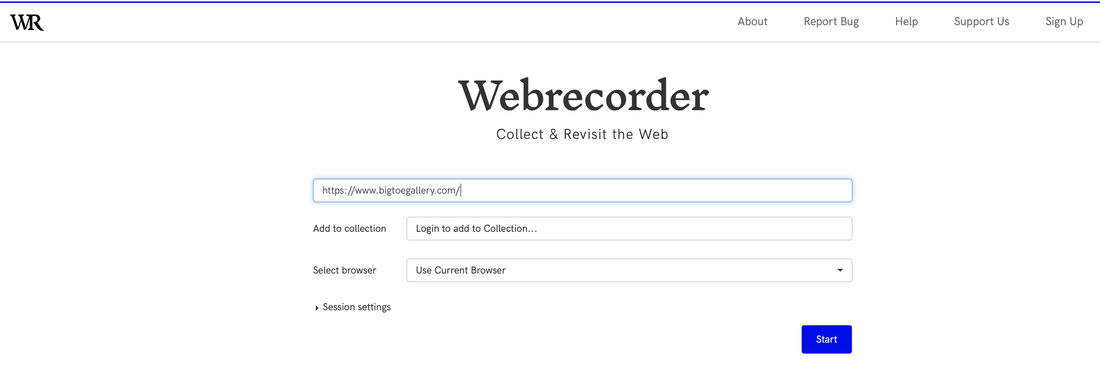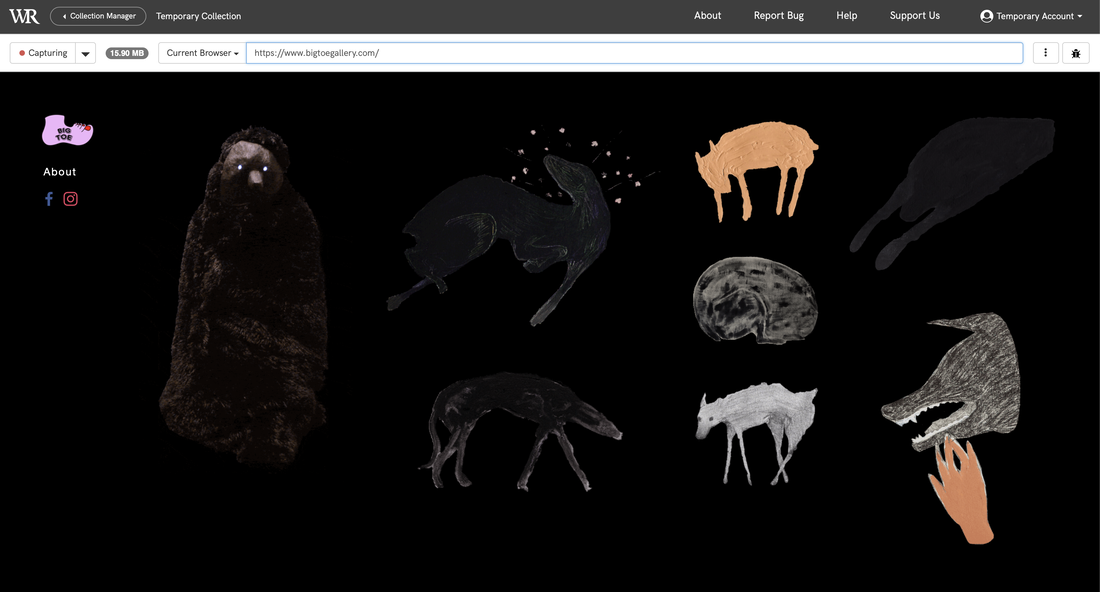Archiving for Artists
|
Abstract:
For this project, I am considering the artist’s record of their practice, in an attempt to safeguard the trajectory of their work for posterity, authentication, and tracking of artistic growth. In case of disaster or damage, a digital record of the practice will remain. Although we do not wish to think of situations where an artwork or studio has been damaged in some way, there are unexpected circumstances when we need to look back on whatever records we have left in order to determine how we can best move forward. Emerging artists, particularly recent graduates of fine arts programs, grapple with endless possibilities for media exploration. This group has particular needs as digital media is ingrained in their education. Trends in fine arts education allow for a broader range of materials and conceptual realms of understanding. A large portion of work being made is no longer channeled through the art market because of its time-based, installation and ephemeral nature. Many undergraduate fine arts programs teach their students how to document their work through photography, video, or sound recordings. They also consider the archival quality of papers, inks and other conservation issues, however the range of media is practically infinite. Through my research, I have outlined approaches to the problems young artists face, particularly concerning obsolescence, and social media. Project Summary:
Consider their work long-term, ask them questions such as; How do you see the impact of your work 5, 10, 50 years from now? Do you believe your work should exist for a small amount of time, or do you wish to see it live beyond your earthly existence? Who is your audience and how can you reach them through new and evolving technologies? There are many tools available that are low cost and easy to learn that can help artists achieve a basic level of preservation standards. One on one aid from a trained archivist, combined with an outline of solutions and trouble-shooting, can curtail the learning curve of preservation knowledge. [For a sample of these tools, see images below] Long term goals:
With every new medium, new protocols for how archivists handle unique items are created. The creative process is difficult to preserve and often involves a large web of information. The unique relationship between this population and the broader art-world is not firmly established in the information science perspective. The process of archiving an artist’s oeuvre falls on an expanding spectrum, from simple tools to complex estate planning. As an appeal to emerging artists, focusing on attainable means of authenticating work without highly technical vocabulary is an entry-way to creating a broader connection to the art-research world. This trajectory will also involve the curation of these materials in a way that is useful for research. Integrated metadata for visually based mediums creates potential solutions for vocabularies suited to non-traditional artistic materials and conceptual content. Connections to outreach:
|
To continue the conversation, feel free to contact me
via twitter @sam_bogner_ via email [email protected] or visit www.samanthabogner.com |




